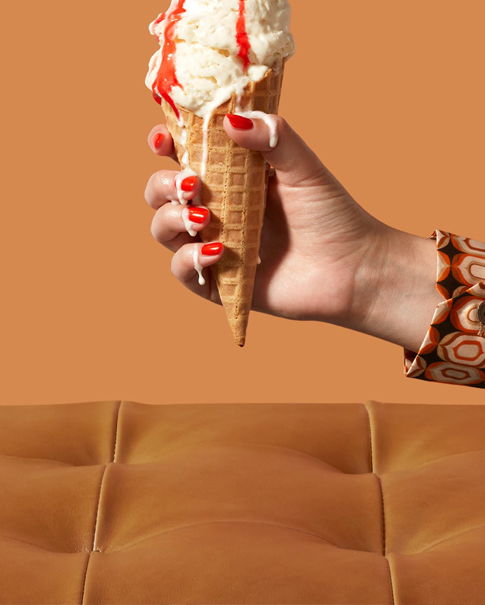Introduction to PU Leather and Microfiber Leather
Essential Differences:
The difference in price. Now the general price range of ordinary PU on the market is more than 15-30 yuan (per meter), while the price range of general microfiber skin is more than 50-150 yuan (per meter), so the price of microfiber is several times that of ordinary PU.
The performance of the surface layer is different. Although the surface layer of microfiber leather and ordinary PU is polyurethane resin, and the ordinary PU that has been popular for many years will have much more colors and styles than microfiber skin. But in general, the polyurethane resin on the surface of the ultrafiber skin has stronger wear resistance, acid and alkalinity, hydrolysis resistance than ordinary PU, and the color fastness and texture will be stronger.
The base cloth material is different. Ordinary PU is made of knitted, woven or non-woven fabric based on polyurethane resin. The microfiber leather is made of microfiber non-woven fabric with a three-dimensional structure as the base cloth, coated with high-performance polyurethane resin. The different materials, processes and technical levels of the base cloth have a decisive impact on the performance of the microfiber skin.
The performance is different. Microfiber leather is comprehensively superior to ordinary PU in terms of strength, wear resistance, moisture absorption, comfort and other performance indicators. In layman's terms, it is more like leather, more durable, and better feel.
The market prospects. Due to the low technical threshold, serious overcapacity and fierce competition in the ordinary PU market, the product is reduced and the material is reduced, which is incompatible with the increasingly upgraded consumption concept, and the market prospect is worrying. Due to the high technical threshold and limited production capacity, the product performance of the microfiber leather is increasingly recognized by consumers, and the market has a large room for growth.
Conceptual Differences:
PU leather refers to ordinary PU leather, polyurethane surface layer plus non-woven fabric or textile fabric, the performance is general, the price is relatively low.
Microfiber leather is a microfiber PU synthetic leather, high-performance polyurethane surface layer attached to the microfiber base cloth, superior performance, especially wear and scratch resistance.
Microfiber leather and ordinary PU are products of different stages of development and different technical levels representing artificial synthetic leather, so they have a certain substitution effect. It is believed that as microfiber leather is recognized by more and more people, it will be more widely used in all aspects of human life.
